
Back in my high school days, our Christian Living teacher (whom I shall hide under the name “Ms. Reyes”) took it upon herself to patrol the hallways and ensure that boys and girls kept a chaste, 12-inch (one ruler) distance from each other. She was a sweet and kind-hearted lady, but the power of her wrist was no less impressive.
If she so much as saw you an inch too close to your crush, SNAP!! went that ruler, and woe to your hand if you didn’t move away in time. She did a great job keeping us horny bastards from going to hell, or at least from getting girls pregnant during those innocent days.
Funny how long-repressed memories of your childhood come to light, but that’s what happened the moment I was rudely introduced to the Lane Departure Warning system of the Changan CS35 Plus. I have also read that aviators have a nickname for voice warning systems to head off imminent disaster—ranging from “Bitchin’ Betty” to “Barking Bob” and “Nagging Nora.” The London underground train system also has “Sonya”…as in “getS ONYA nerves.”
You see, I believe that the CS35 Plus is a good car. In fact, it could even be a keeper, if the long-term reliability holds up. It looks quite nice, has lots of features, and drives very nicely. It doesn’t even need to have that qualifier line of “for a Chinese brand,” because you can honestly drive it back-to-back with a Japanese model of similar price and you’d have to give it a hard think where to spend your money.

But one not-so-little thing literally kept nagging me on my recent 400km trip, and it was that Lane Departure Warning system. In a bid to proclaim the CS35 Plus as an extremely safe (if not the safest) SUV in its class, Changan has equipped the car with a battery of active and passive safety features. Six airbags, ABS, hill-hold assist, traction control, adaptive cruise control, emergency braking assist, 360° cameras, and that Lane Departure Warning system. They forgot one thing: an “OFF” switch.
On many Japanese cars which have similar systems, you have the option to deactivate traction control, blind spot warning, and lane departure for various reasons. Perhaps you like to live dangerously. Maybe the system is too intrusive. Whatever your reason, the option to use them or not is up to you. I remember a recent test of the Ford Ranger Wildtrak. It had a lane-keeping assistance system, whereby the electronic power steering kept you in your lane if it sensed you veering from the center. I shut it off every time, because it felt like an invisible hand was constantly tugging at the wheel.

You cannot turn off the LDW on the Changan. No, sir. And because it uses AI and the cameras to work, you must stay dead center in your lane at all times, or the system will go “doong-doong-doong…doong-doong-doong.”
It was like having Ms. Reyes in the back seat, swatting at my ears with her wooden ruler.
At first, it was a minor annoyance when I became acquainted with the system, which activates above 65km/h. Then it became distressing when I found out that nowhere on the infotainment screen or the LED instrument panel is there an option to turn it off.
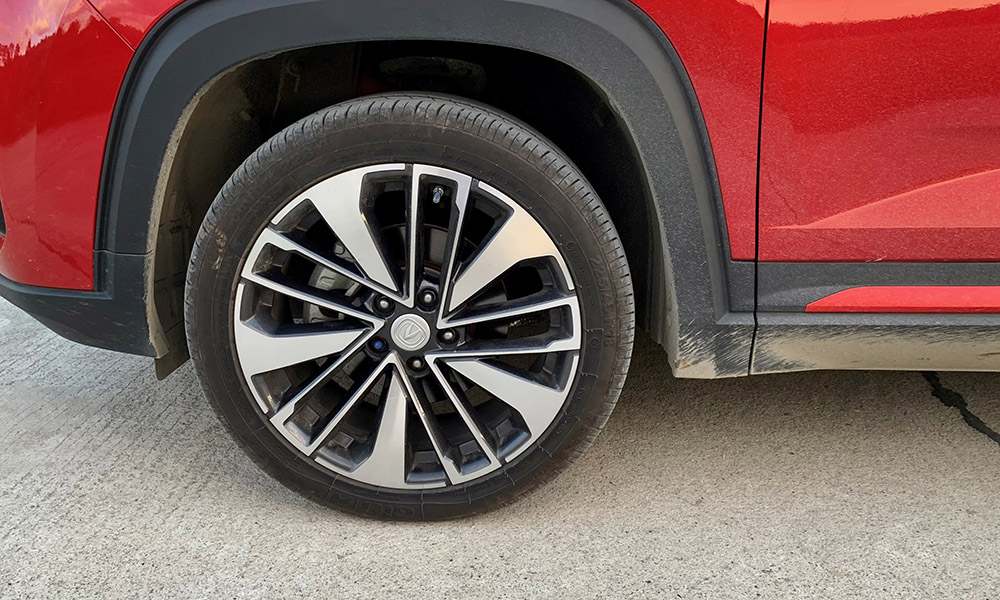
Why am I making such a big deal out of this? Because this is the Philippines, where most lanes are narrow and any defensive driver will instinctively move away from vehicles beside it while remaining in one’s lane. You have to make constant, tiny course corrections. Any time the system thought I was being a bad boy, or just driving closer to the apex within the lane because that’s what you’re supposed to do…
…doong-doong-doong…doong-doong-doong!
“KEEP YOUR DISTANCE, MISTER LEUTERIO! DO NOT TEMPT THE DEVIL!”
I was hearing my dear old teacher in my head by the time I was on the NLEX, and between that and my wife telling me to just comply and drive like a nerd, I was quite agitated by the time we reached the SCTEX. I mean, having one back-seat driver is enough, but two is just nuts.

Between the constant warnings and the grating fact that it was like being stripped of my freedom to choose how to drive, I almost forgot to appreciate the car’s many other redeeming traits. And there are many.
Namely, sharp steering response. Good looks, if a tad busy. Taut suspension, much better than the boat-like demeanor of the bigger CS75. Solid, flex-free body on our 6,000+km unit. Solid, powerful brakes with none of the sponginess associated with Chinese brands. Good fit and finish in and out, if you don’t mind the “disco” red motif. Power tailgate, panoramic moonroof, remote engine start, et cetera, et cetera. And all for just P1.169 million. Try getting all of that with a Japanese SUV for that kind of money.
But after having tested the CS75 and being disappointed that the chassis was too laid-back to keep up with the rest of the car, being presented with a genuinely sporty ride in the CS35 Plus and then having to deal with Ms. Reyes “Chirpy Chang” is maddening.


I thought of various ways to hack it. Tape over the cameras? Nonstarter, because then I’d lose the 360° cameras. Rip out the speaker? Possible, but then this isn’t my car. Pull a fuse somewhere? My electrical engineering background is zilch, and I’d just as likely turn off something important. And again, this isn’t my car.
With no possible solutions in sight, I resigned myself to 10-plus hours of intermittent “Doong-doong-doong! Doong-doong-doong!”—remedied somewhat by playing music really loud (the warning speaker volume doesn’t adjust automatically) and trying to enjoy the car nonetheless.
For example, the 158hp, 1.4-liter in-line-four is smooth and torquey, perfectly matched with the seven-speed DCT. The latter is programmed to always stay in a low gear, so there’s always enough grunt to accelerate quickly. You actually need to nudge the shifter into seventh at lower speeds, unlike what Ford or Volkswagen does by shifting to the highest gear possible at all times.
If you’re calm and in fuel-saving mode, you’ll get around 14km/L on the highway. But the car is so much fun to drive that you’ll want to open up the throttle from time to time, where I still got 10km/L (and lots of “doong-doong-doong!”). I went to bed and the system was still warning me of imminent danger in my dreams.




I also liked the cabin design, ergonomically correct and Star Trek-ky, although they also forgot to put a physical volume dial for the stereo. I found only one case of faulty English when I tried turning on the camera at speed: “The current speed is too height to support this operation.”

In summary, it looks great and drives well, but the driving experience is ruined by a seemingly well-intentioned “safety” feature. In these cases, too much of a good thing can be a buzzkill.


But wait!
As it turns out, were you to buy your own CS35 Plus, you could go to the dealership and have Ms. Reyes the Lane Departure System neutered.
Vaporized.
Exterminated.
Erased into digital bits and bytes.
Plus, your warranty won’t be voided.
Then it would be perfect.

Just don’t forget to go to confession afterward.
CHANGAN CS35 PLUS
| Engine | 1.4-liter four-cylinder turbo gasoline |
| Transmission | 7-speed dual-clutch automatic |
| Power | 158hp @ 5,500rpm |
| Torque | 260Nm @ 1,500-4,000rpm |
| Dimensions | 4,330mm x 1,825mm x 1,660mm |
| Drive layout | FWD |
| Seating | 5 |
| Price | P1,169,000 |
| Upside | Comprehensive spec. Responsive drivetrain. Sporty, solid chassis. |
| Downside | Irritating, undefeatable, nagging, intrusive Lane Departure System. |


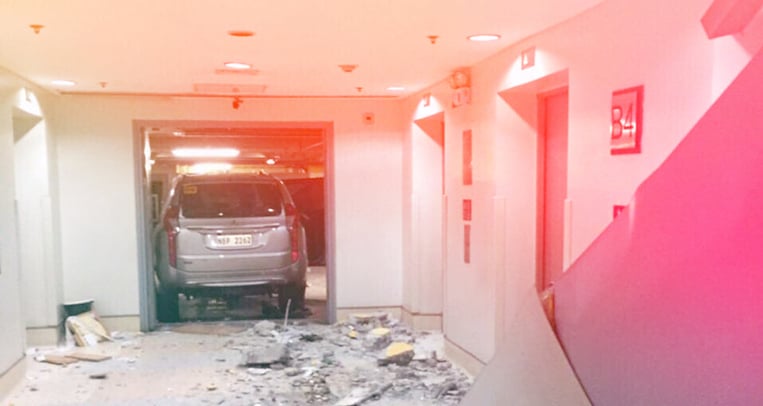
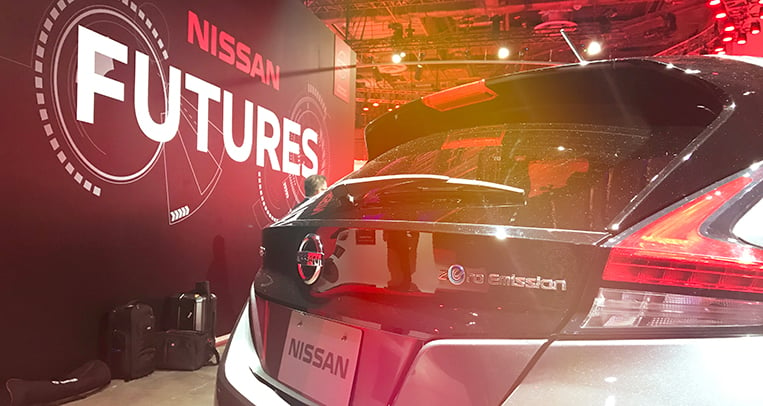
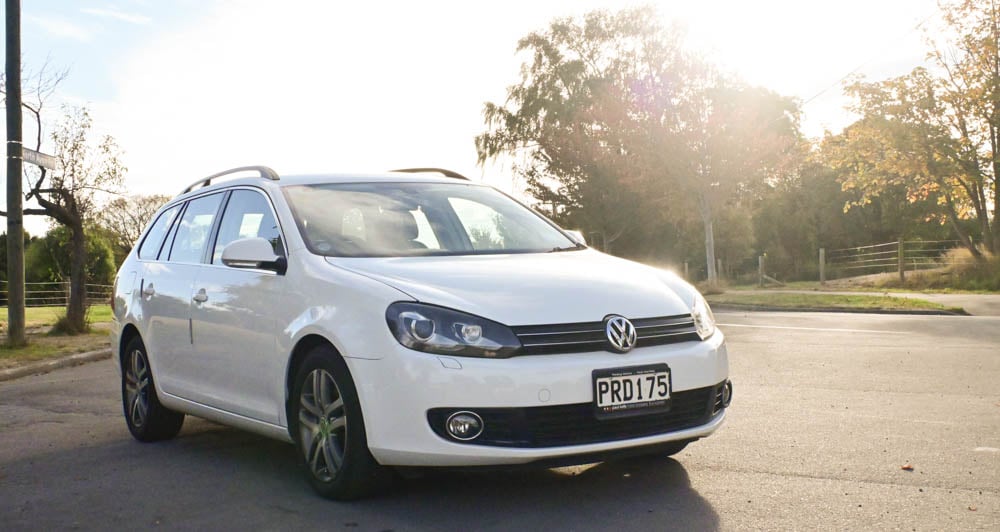

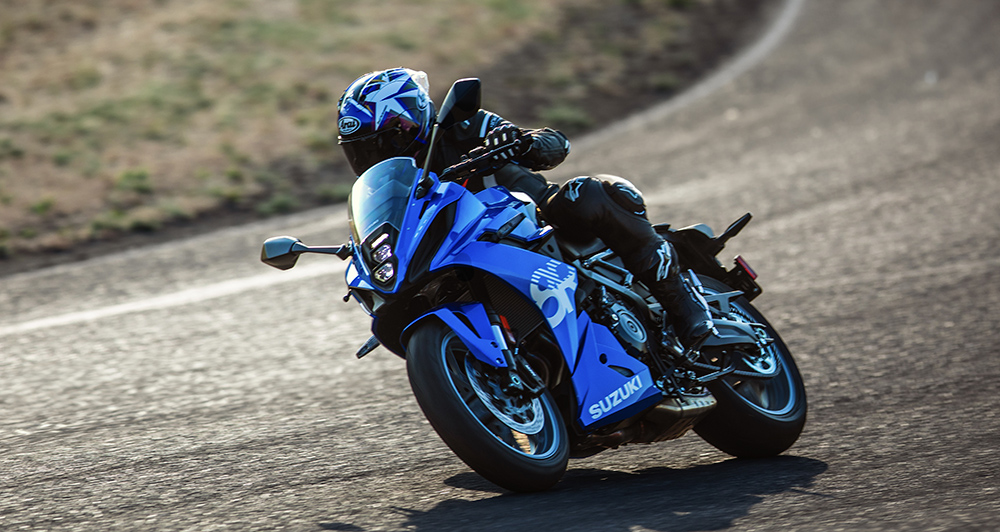
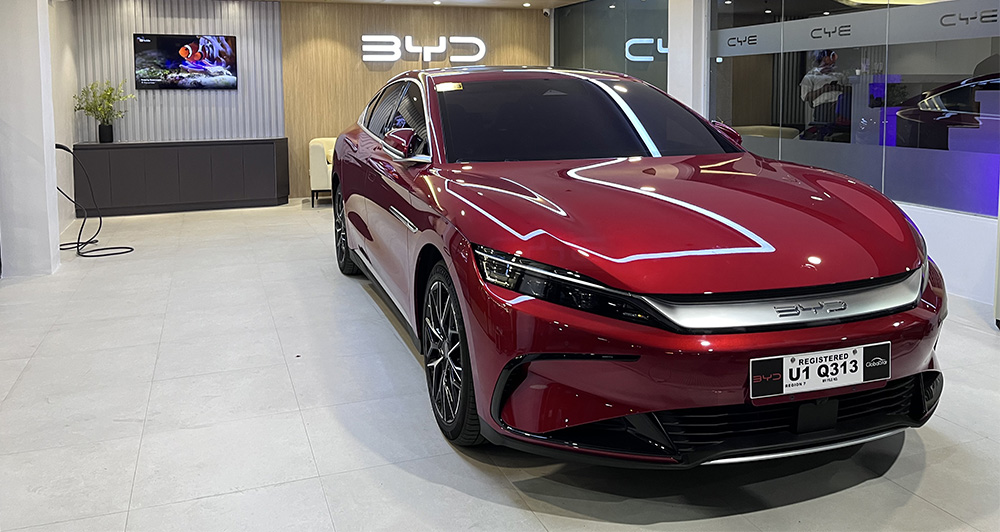

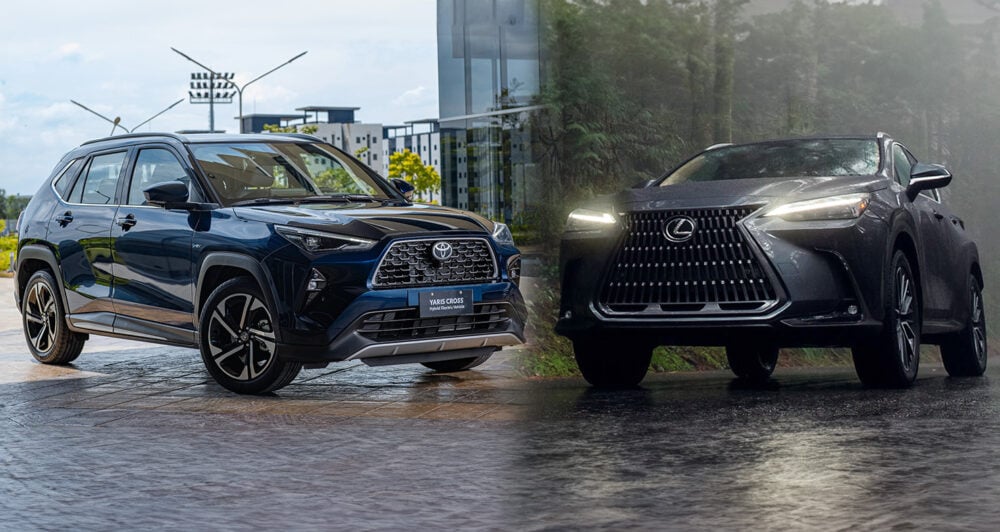

Comments